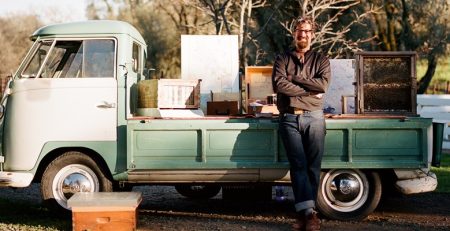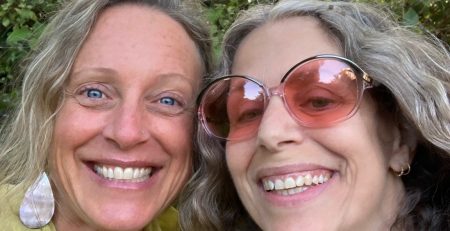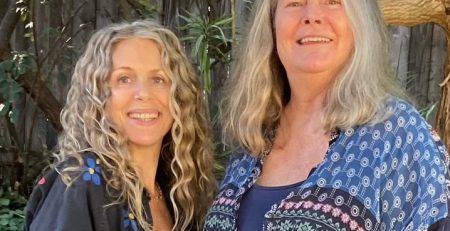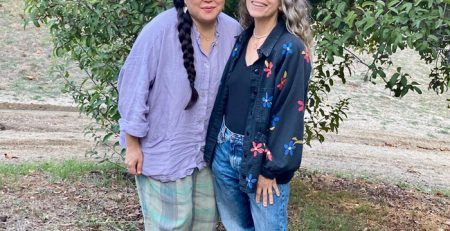Creating Spaciousness Within
“I have so much to do, deadlines to meet, family to care for…I don’t have time for myself!” Sound familiar? This is a common cry I hear within the first few minutes of working with a client who is feeling drained by doing too much. This is why creating spaciousness is so important.
“The art of knowing, is knowing what to ignore.” ~ Rumi
 Perfectly capable, successful individuals, who can take care of many responsibilities at once, often don’t have any time or energy leftover at the end of the day to honor their own needs. Or even have a chance to recognize what their needs are. This leads to feelings of anxiety and exhaustion. This can be re-balanced by recognizing what can be let go of in creating spaciousness within.
Perfectly capable, successful individuals, who can take care of many responsibilities at once, often don’t have any time or energy leftover at the end of the day to honor their own needs. Or even have a chance to recognize what their needs are. This leads to feelings of anxiety and exhaustion. This can be re-balanced by recognizing what can be let go of in creating spaciousness within.
During our first session together, a client and I will discuss what challenges arise on a daily basis. We work together to discover how we will approach the healing program. It is an exciting co-creative process. We hone in on what needs to be healed, and I usually design a plan that involves the development of practices that create deeper self-awareness.
But what if the client already has a chore list a mile long and feels overwhelmed by their many commitments? Instead of creating a plan that gives them more to do, we need to look closely at how developing new habits. This supports creating spaciousness, so it can be cultivated.
How Can One Develop the Art of Doing Less?
“It’s a transformative experience to simply pause instead of immediately fill up the space.
By waiting, we begin to connect with fundamental restlessness as well as fundamental spaciousness.” ~ Pema Chodron
- Slow down. Busy people typically work quickly and may even be prone to hurting themselves at the expense of getting the job done. Developing mindfulness of pace is a simple way to begin to shift the energy of doing into the energy of The old adages “slow and steady wins the race” and “haste makes waste” ring more true than ever in this accelerated world we live in. When you feel like you’re moving too fast, take a moment to slow the pace by stopping, then continuing with more graceful movements. Your body remembers patterns of movement and the more you practicing walking, talking and eating with leisure, this will become part of your natural rhythm.
- Take breaks to stop and allow your breath to flow. When you’re rushing around to meet completion of your tasks, do you sometimes forget to
 breathe? By stopping and taking as few as three, full, complete breaths, you can re-center yourself and attend to renewal in the moment.
breathe? By stopping and taking as few as three, full, complete breaths, you can re-center yourself and attend to renewal in the moment.
- Write it down. If your mind feels cluttered at the end of the day, give yourself time to write in your journal. Use “stream-of-consciousness” writing allowing the words to flow freely onto the page without editing them. This mind dump fosters creative expression and allows for more overall clarity.
- Ditch the list. Lists are incredible tools for getting things done, but are you a slave to your list? At the end of the day, tuck the list away out of sight and return to it the next day when your mind is refreshed. Before you do, look it over and give yourself a pat on the back for what you have
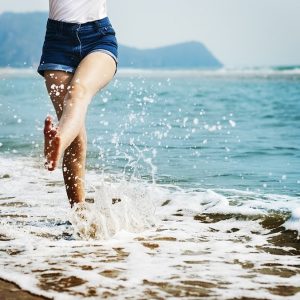 accomplished.
accomplished.
 One of my all-time favorite practices is taking one day off a week, without scheduling anything. This is an important way of creating space. Clients are often concerned that if they take this time, they will fall behind in their responsibilities.
One of my all-time favorite practices is taking one day off a week, without scheduling anything. This is an important way of creating space. Clients are often concerned that if they take this time, they will fall behind in their responsibilities.
- The truth is that by taking time for yourself that is left open to pursue creativity and spontaneity, you are actually creating spaciousness. Once you get into the habit of affording yourself the time, this feeling will nurture you throughout the busy times.
“If a cluttered desk is a sign of a cluttered mind, of what, then, is an empty desk a sign?” ~ Einstein
Slowing Down for Awareness

This is probably the most important element in recognizing and learning how to honor your needs. Developing consistency with a meditative practice is the best way to create space.
As little as 10 minutes of mindful sitting, once or twice a day, creates a feeling of spaciousness within that will lead to a place of deeper mindfulness in all areas of your life. Head Space is a great way to get started.
If you’ve been able to slow down enough to read this, then you’re off to a good start. Dynamic individuals who are capable of doing so much tend to neglect themselves. You can tap into your dynamic capabilities by developing the art of doing less and learning how to just be. At the end of the day, you will get more done and feel a deeper sense of fulfillment.



